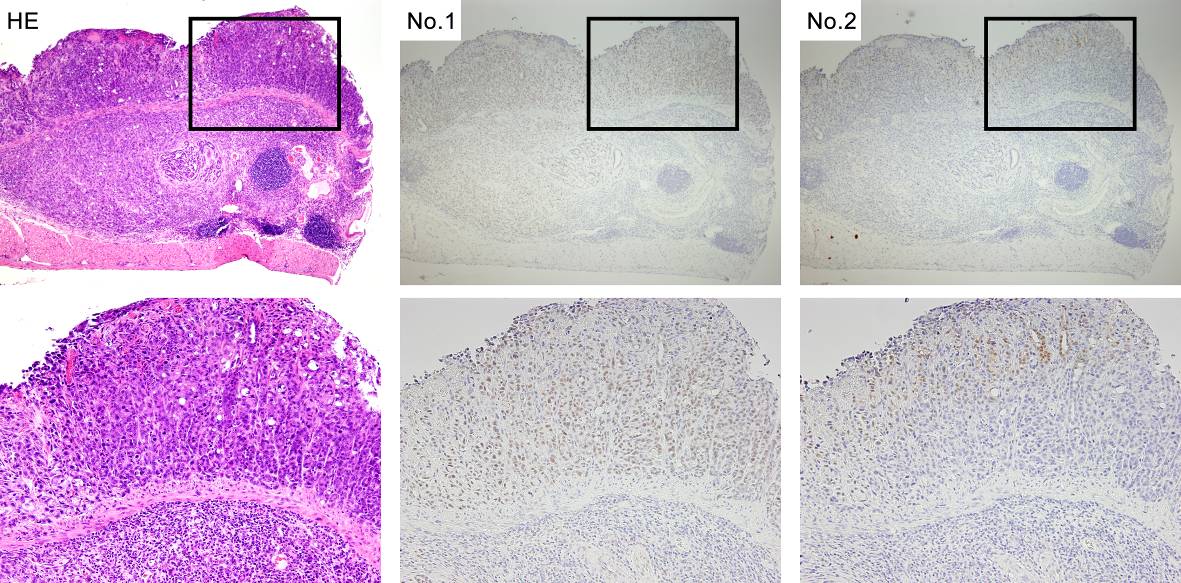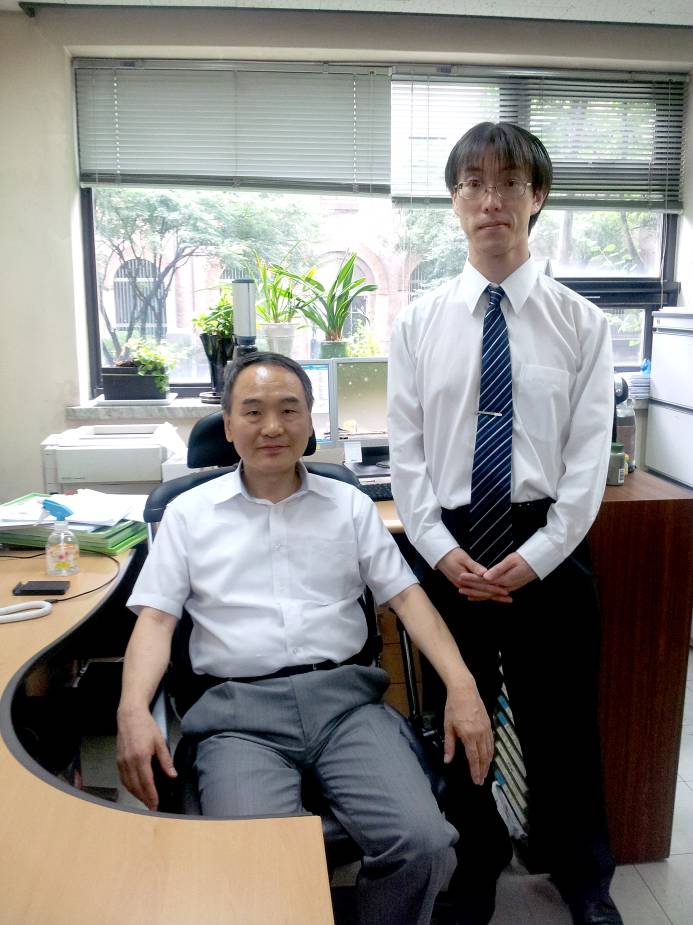Dr. Shimada from Japan stays in SNU, Korea
A3 Foresight Program: Education Program for Young Researchers
Report of visit to Seoul National University Collage of Medicine in Korea (August 19 - August 23, 2013)
Shu Shimada (Department of Molecular Oncology, Tokyo Medical and Dental University)
Host researcher
Prof. Woo Ho Kim (Department of Pathology, Seoul National University College of Medicine)
Summary
I visited Prof. Woo Ho Kim’s laboratory of Seoul National University College of Medicine in Korea from August 19 to August 23. The main purpose of this visit is to make blocks of tissue microarrays from those of mouse gastric cancer cases and stain them with antibodies against various types of markers and mediators. I appreciate his kindness to give me this good opportunity
Contents
Background
Our laboratory has established a mouse line where E-cadherin, an adhesion molecule, and p53, a tumor suppressor, are specifically inactivated in stomach, and has reported the E-cadherin/p53 double conditional knockout (DCKO) mouse model as the first genetically engineered one of diffuse-type gastric cancer (DGC). We have also noted that epithelial-mesenchymal transition might be induced in DGC formation of the DCKO mice, but its mechanism was poorly understood. To identify what type of oncogenic signal transduction is activated in mouse DGC, we performed comprehensive immunohistochemical analysis by using tissue microarrays.
Results
First, Prof. Kim and I selected the locations of the specimens which were suitable to make tissue microarrays by microscopic examination. Next, Dr. Hye Jung Lee made seven tissue microarrays (one and six contained 10 and 60 cores, respectively). Finally, Dr. Ki Lim Kim stained the slides of the tissue microarrays with many antibodies, and then Prof. Kim and I checked, and discussed them. The results demonstrated activation of several signaling pathways (Figure), which might help us clarifying the mechanism underlying diffuse-type gastric carcinogenesis.

Haematoxylin and eosin (left) and immunohistochemical stainings of serial sections of mouse DGC with antibodies against two proteins (middle and right).
Acknowledgments
I deeply thank Prof. Woo Ho Kim for giving me such powerful tools as tissue microarrays, and Ms. Se Yeon Um for preparing for my comfortable stay in Korea. I am also very grateful to Dr. Hye Jung Lee for making the tissue microarrays and to Dr. Ki Lim Kim for staining the samples.

Prof. Woo Ho Kim (left) and I (right) in his office.



